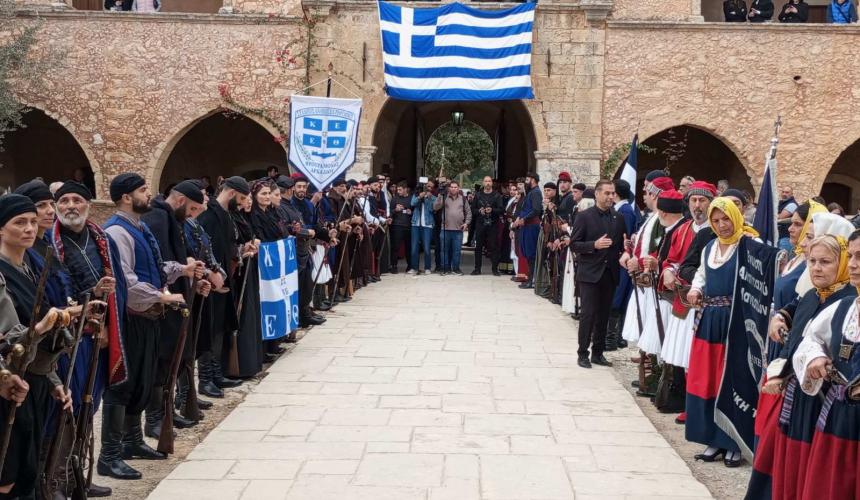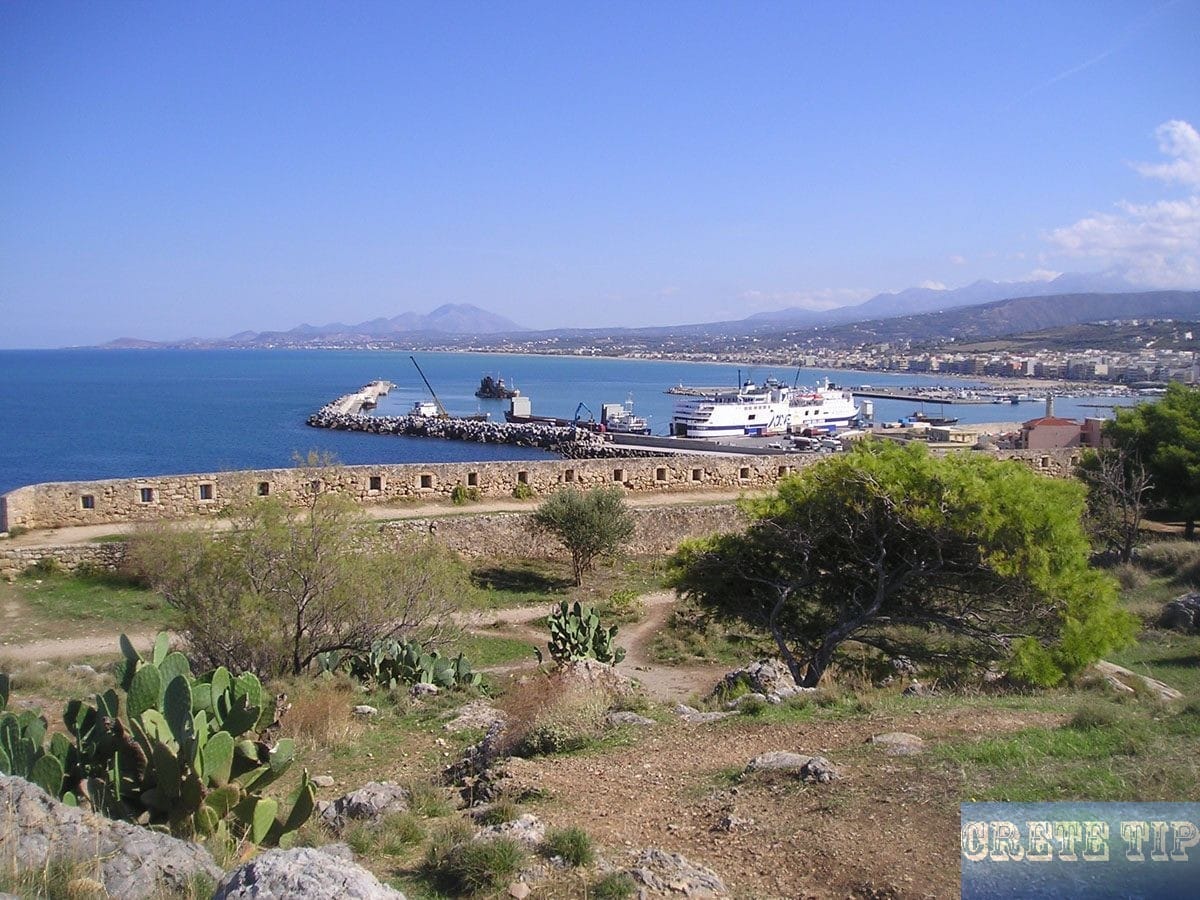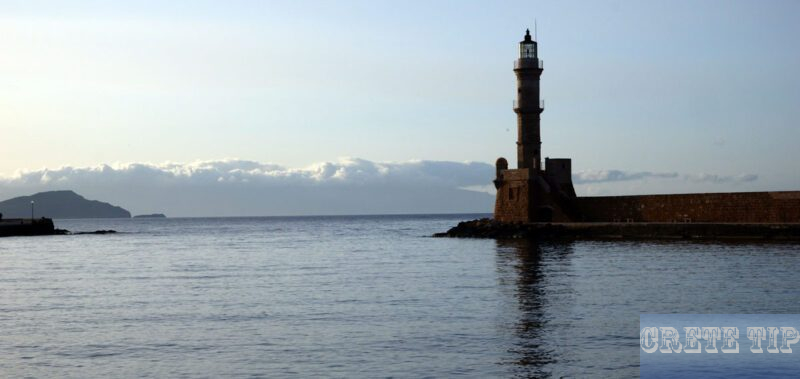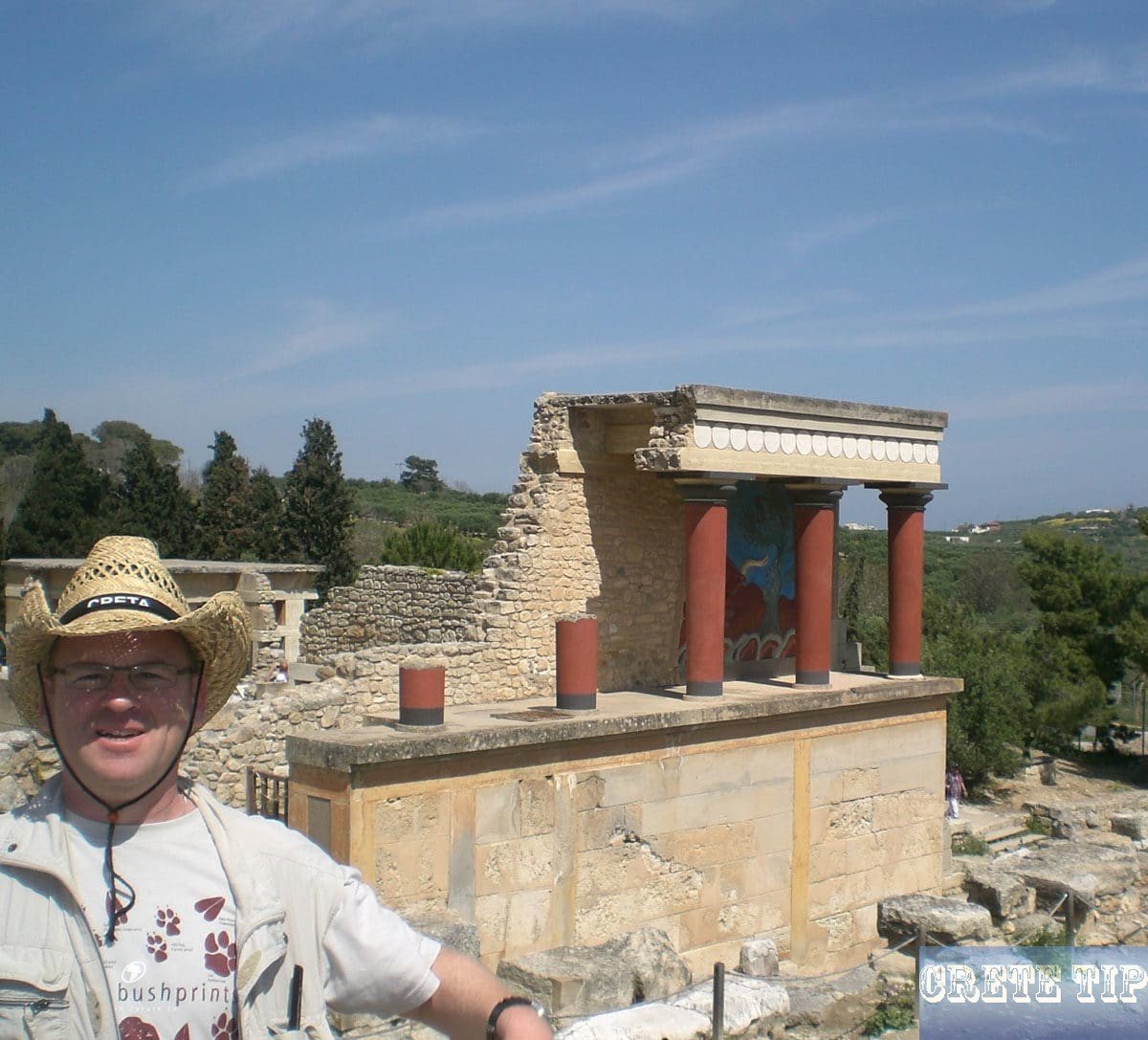Arkadi Monastery , the symbol of the Cretan desire for freedom and the Cretan Revolution from 1866 to 1869.
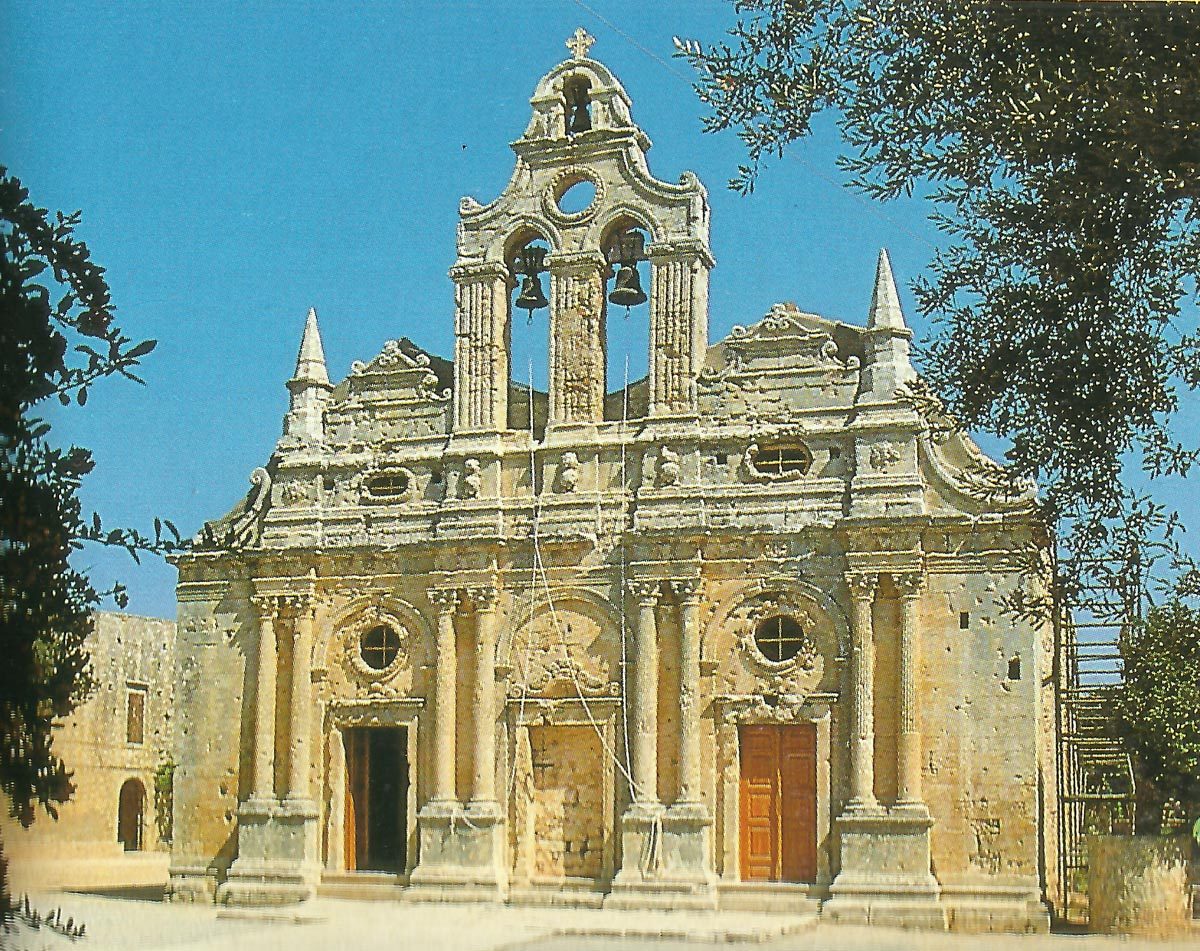
Arkadi, the symbol of Cretan will of freedom.
The 8th of November is National Day of Crete with a large procession, which reminds of the dramatic events in the uprising against the Turks of 1866 in Arkadi Monastery.
The Arkadi Monastery can be reached from Rethymno by following the old National Road through the eastern suburbs. After 2.75 miles (4.5 km) turn right towards the monastery. The good road passes through the villages of Adele, Kyrianna and Amnantos and after 14 miles (23 km) you will reach in a breathtaking landscape of olive groves with a narrow gorge. When you pass the gorge to the small plateau, which is surrounded by mountains, the lonely monastery lies ahead.
According to an inscription, the monastery has been founded in the 14th century by a monk named Arkadius and the two-nave monastery church with the most beautiful facade of Crete was completed in 1587. Other – unproven – sources claim it was to have been founded in the 5th century by the Byzantine Emperor Arkadius.
The monastery has fortress-thick exterior walls. Its original church was dedicated to Ayios Konstantinos, but today there are only a few ruins left of it. The magnificent church, which today can be seen in the interior, was built during the 16th century on the place of the old one in the form of a two-aisled basilica. The north aisle is dedicated to the Transfiguration of Christ and the southern part to Ayios Konstantinos and Ayia Eleni.
On 1st May 1866, about 1,500 rebels gathered inside the monastery and founded a Cretan revolutionary committee. Ismael Pasha of Rethymno demanded that the abbot of the monastery, Igoumenos Gavriel, should dissolve the committee and withdrawal the freedom fighters, otherwise he would destroy it. After the abbot had refused, the Pasha attacked the monastery with 15,000 soldiers and 30 guns from November 7 to 9.
It was a completely unequal fight, because among the 924 people inside Arkadi monastery, there were only 325 fighters. Pardon was not to expect, and so the Cretans voted whether they prefer death or capture.
The next day, as the Turkish soldiers stormed the gate, Kostas Yiaboudakis fired his pistol into the powder magazine, where most of the trapped people were crowded together. The explosion also killed numerous Turks. 36 unarmed people, who had retreated to the refectory, were slain by the enraged Turks.
By evening, 750 Cretans and about twice as many Turks were killed. The bones of many of the dead are now in an open tomb opposite the entrance of the Arkadi Monastery and still could be seen on many parts of the building the tracks and margins of the struggle.
November 8 is now Crete’s national holiday with a large procession commemorating the dramatic events of the 1866 uprising against the Turks at Arkadi Monastery.
Video about Arkadi Monastery
Video of the outer walls and the entrance area as well as the access road through the narrow gorge up to the Monastery of Arkadi.
Directions
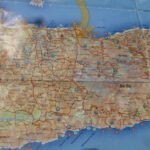
Click here: Directions Arkadi Monastery.
Arkadi Monastery and the Great Cretan Revolution 1866-1869: Symbol of Resistance Against Ottoman Rule
The Arkadi Monastery sits atop a plateau in Crete, Greece. Its stone walls have stood since the 16th century. In 1866, this peaceful place became the site of a major rebellion.
The Great Cretan Revolution of 1866-1869 was a three-year fight against Ottoman control of Crete. It was the biggest of many revolts on the island in the 1800s. The people of Crete wanted to join with Greece and break free from Turkish rule.
During this time, the Arkadi Monastery played a key role. In November 1866, nearly 1,000 Cretans, mostly women and children, took shelter there. They were surrounded by a much larger Ottoman force. What happened next became a symbol of Cretan resistance that is still remembered today.
Historical Context
The 19th century brought significant changes to Crete and the Ottoman Empire. Greek independence efforts, Ottoman reforms, and growing Cretan unrest set the stage for the 1866 uprising.
Greek Revolution of 1821
The Greek War of Independence in 1821 marked a turning point for Greek-speaking regions. While mainland Greece gained autonomy, Crete remained under Ottoman control. This sparked resentment among Cretans who sought unification with Greece.
The revolution’s impact on Crete was profound:
- It inspired Cretan resistance movements
- Ottoman authorities tightened their grip on the island
- Cretan rebels gained support from Greek revolutionaries
Many Cretans joined the Greek struggle, hoping their island would be liberated. However, European powers intervened, leaving Crete under Ottoman rule.
Ottoman Control and the Cretan Renaissance
Despite Ottoman control, Crete experienced a cultural revival in the early 19th century. This period saw:
- A flourishing of Cretan literature and arts
- The establishment of new schools and libraries
- Growing economic prosperity for some Cretans
The Arkadi Monastery played a crucial role in preserving Cretan culture. It served as a centre for education and resistance against Ottoman rule.
Ottoman authorities tried to maintain order through a mix of concessions and repression. They allowed some local autonomy but cracked down on dissent.
Tanzimat Reforms and Cretan Unrest
The Ottoman Empire’s Tanzimat reforms aimed to modernise the state and improve conditions for non-Muslims. In Crete, these reforms:
- Promised greater equality for Christians
- Introduced new administrative structures
- Attempted to address Cretan grievances
However, many Cretans felt the reforms were inadequate. Tensions rose as:
- Christians demanded more rights and representation
- Muslim elites resisted changes to their privileged status
- Ottoman officials struggled to implement reforms effectively
By the 1860s, Cretan unrest was growing. The island’s Christians increasingly looked to Greece for support, setting the stage for the Great Cretan Revolution of 1866.
Timeline of the Cretan Revolt of 1866-1869
The Cretan Revolt of 1866-1869 was a pivotal uprising against Ottoman rule. It saw major battles, acts of resistance, and tragic events that shaped Crete’s path to independence.
Outbreak of the Revolt in 1866
In May 1866, Cretan leaders met at Aghia Kyriaki monastery. They drafted a petition demanding reforms from the Ottoman Empire. The Ottomans rejected these demands in August.
On 21 August 1866, Cretans raised flags at Chania, declaring union with Greece. This bold act sparked widespread rebellion across the island.
Ottoman forces quickly moved to crush the revolt. They attacked villages and destroyed crops. Cretan rebels formed guerrilla bands to fight back.
Major Conflicts and Battles
The revolt saw fierce fighting across Crete. In September 1866, rebels won a victory at Vryses in Apokoronas.
Ottoman troops besieged the fortified Monastery of Panagia Gouverniotissa in October. The rebels held out for days before escaping.
In early 1867, major battles took place in Lasithi and Selino. Cretan forces scored some wins, but Ottoman reinforcements arrived.
The siege of Sphakia in 1867 was a key conflict. Rebels held this mountain stronghold for months against Ottoman attacks.
Climax of the Resistance at Arkadi Monastery
The siege of Arkadi Monastery in November 1866 became a symbol of Cretan resistance. About 940 Greeks, mostly women and children, took shelter there.
On 8 November, 15,000 Ottoman troops attacked the monastery. The defenders fought bravely for two days.
When defeat seemed certain, the Greeks chose a drastic action. They blew up barrels of gunpowder, killing themselves and many Ottomans.
This event, known as the Holocaust of Arkadi, shocked Europe. It brought international attention to the Cretan cause.
Conclusion and Aftermath in 1869
By 1869, the revolt was winding down. Ottoman forces had regained control of most of Crete.
The Great Powers (Britain, France, and Russia) pressured the Ottoman Empire to make reforms. In 1868, the Organic Law granted some autonomy to Crete.
The last rebel strongholds surrendered in early 1869. Many Cretan leaders went into exile.
While the revolt didn’t achieve independence, it strengthened Cretan identity. It also set the stage for future struggles against Ottoman rule.
Arkadi Monastery as a Symbol
The Arkadi Monastery stands as a powerful symbol of Cretan resistance and sacrifice. Its architecture, tragic siege, and ongoing commemoration embody the spirit of freedom and national identity for the Greek people.
Architecture and History
The Arkadi Monastery boasts impressive Renaissance-influenced architecture. Built in the 16th century, its design blends Roman and baroque elements, creating a unique aesthetic.
The monastery’s sturdy stone walls and strategic hilltop location made it an ideal stronghold. Its grounds include cloisters, gardens, and a refectory, alongside the main church and gunpowder magazine.
For centuries, Arkadi served as a centre of learning and spirituality. Monks preserved Cretan culture and Orthodox traditions within its walls, even under Ottoman rule.
The Siege and its Significance
In 1866, Arkadi became a flashpoint in the Cretan revolt against Ottoman control. The monastery sheltered 943 Greeks, mostly women and children, alongside 259 armed defenders.
When 15,000 Ottoman troops besieged Arkadi, the outnumbered Cretans fought bravely for two days. Facing defeat, they made a fateful decision.
Rather than surrender, the defenders ignited the gunpowder store. This tragic explosion killed many Cretans and Ottoman soldiers alike, becoming known as the ‘Holocaust of Arkadi’.
Legacy and Commemoration
The sacrifice at Arkadi shocked Europe, drawing attention to the Cretan struggle for independence. It became a rallying cry for Greek nationalism and inspired support for the revolutionaries.
Today, Arkadi Monastery is a national shrine and museum. Visitors can see artefacts from the siege, including the remaining gunpowder barrel.
Each November, Greeks commemorate the Arkadi martyrs with ceremonies and events. The monastery’s bell tower flies the Greek flag, a testament to the freedom won through sacrifice.
Arkadi’s story continues to inspire. It reminds us of the human cost of liberty and the power of collective resistance against oppression.
Cretan Society and Culture During the Revolution

The Great Cretan Revolution of 1866-1869 deeply impacted Cretan society and culture. Religious shifts, changing family dynamics, and a growing sense of national identity shaped the island during this tumultuous period.
Christian Cretans and Islamic Conversions
Christian Cretans made up the majority of the population during the revolution. Many faced pressure to convert to Islam under Ottoman rule. Some Cretans chose to convert to gain social and economic advantages.
Despite conversions, many Cretan Christians maintained their faith and cultural practices in secret. This led to a complex religious landscape on the island.
Christian monasteries like Arkadi played a crucial role in preserving Greek Orthodox traditions. They served as centres of education and resistance against Ottoman control.
Role of Women and Family
Cretan women took on new responsibilities during the revolution. They supported the resistance by providing food, shelter, and medical care to fighters.
Some women even joined the armed struggle directly. They fought alongside men in battles and raids against Ottoman forces.
Families faced significant hardships during the conflict. Many lost loved ones or were displaced from their homes. Extended family networks became crucial for survival and support.
Cretan Renaissance and National Identity
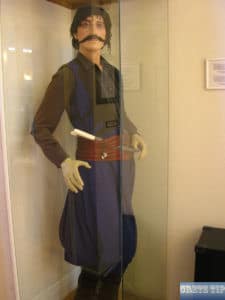
The revolution sparked a cultural revival known as the Cretan Renaissance. This period saw a renewed interest in Cretan language, literature, and arts.
Writers and poets used their work to express Cretan resistance and national pride. Folk songs and stories about the revolution became popular, preserving the memory of key events and heroes.
The struggle against Ottoman rule strengthened Cretan identity. Many Cretans began to see themselves as part of a larger Greek nation, fuelling desires for union with Greece.
Education played a vital role in this cultural awakening. Secret schools taught Greek language and history, nurturing a new generation of Cretan nationalists.
Global Impact and International Involvement
The Cretan revolt of 1866-1869 sparked widespread international interest and support. European powers, American philhellenes, and diplomatic efforts all played crucial roles in shaping the outcome of this pivotal struggle for freedom.
European Powers’ Stances
The Great Cretan Revolution drew significant attention from major European powers. France, Russia, and Britain took particular interest in the conflict. These nations saw an opportunity to expand their influence in the region.
France initially supported the Ottoman Empire but later shifted its stance. Russia, traditionally sympathetic to Orthodox Christians, backed the Cretan rebels. Britain, concerned about maintaining the balance of power, adopted a more cautious approach.
The Holocaust of Arkadi in 1866 dramatically increased European sympathy for the Cretan cause. This tragic event shocked the Christian world and led to a new wave of philhellenism across Europe.
American Philhellenes’ Contributions
American support for the Cretan revolt was notable, though less extensive than European involvement. Philhellenes in the United States organised fundraising efforts and sent humanitarian aid to Crete.
Some American volunteers joined the Cretan rebels, inspired by ideals of freedom and democracy. These individuals brought military expertise and helped train local forces.
The American press played a crucial role in raising awareness. Newspapers published detailed accounts of the conflict, garnering public sympathy and support for the Cretan cause.
Diplomatic Efforts and the Treaty of Paris
International diplomacy was key in resolving the Cretan revolt. European powers engaged in intense negotiations to find a peaceful solution.
The telegraph played a vital role in these efforts. It allowed for rapid communication between diplomats and governments, facilitating quicker decision-making.
The 1869 Treaty of Paris marked the end of the revolt. It granted Crete a degree of autonomy within the Ottoman Empire. While falling short of full independence, the treaty represented a significant step forward for Cretan rights.
The treaty also reflected the complex balance of power in Europe. It aimed to satisfy both Cretan aspirations and Ottoman sovereignty, while preserving European interests in the region.
Key Figures of the Revolt
The Cretan Revolt of 1866-1869 was marked by the actions of several prominent individuals. These key figures played crucial roles in shaping the course of the rebellion and its ultimate impact on Cretan history.
Abbot of Arkadi
Marinakis was born in Rethymno in 1826 and became a central figure in the resistance movement. His leadership at Arkadi was critical in transforming the monastery into a symbol of Cretan defiance.
On 8 November 1866, Marinakis made the fateful decision to ignite the monastery’s gunpowder stores rather than surrender to Ottoman forces. This act of self-sacrifice became known as the Holocaust of Arkadi.
Mustafa Pasha and Ismail Pasha
Mustafa Pasha and Ismail Pasha were Ottoman military commanders tasked with suppressing the Cretan revolt. Mustafa Pasha led the initial assault on Arkadi Monastery in November 1866.
The Ottoman forces, numbering around 15,000 men, besieged the monastery for several days. Despite facing only 259 armed defenders, they encountered fierce resistance.
Ismail Pasha later took command of operations in Crete. His harsh tactics further inflamed Cretan sentiment against Ottoman rule and garnered international sympathy for the Greek cause.
Panos Koronaios and Other Insurgent Leaders
Panos Koronaios emerged as a prominent military leader during the Cretan revolt. He coordinated guerrilla operations against Ottoman forces across the island.
Other notable insurgent commanders included:
- Michalis Korakas
- Charalambos Zymvrakakis
- Ioannis Zimvrakakis
These leaders organised the Cretan fighters into small, mobile units. They employed hit-and-run tactics to harass Ottoman troops and maintain control over rural areas.
The insurgent leadership also worked to gain international support for their cause. They sent representatives to European capitals to plead for intervention on behalf of Crete.
Military Aspects of the Struggle

The Great Cretan Revolution of 1866-1869 saw intense fighting between Ottoman forces and Cretan insurgents. The conflict involved large-scale military campaigns, guerrilla tactics, and dramatic events that shaped the course of the uprising.
Ottoman Military Campaigns
The Ottoman Empire deployed a massive force to quell the Cretan rebellion. In 1866, they sent 15,000 troops and 30 cannons to the island. These soldiers were well-armed and trained in conventional warfare.
The Ottomans used their superior numbers and firepower to conduct sweeping operations across Crete. They aimed to crush rebel strongholds and cut off supply lines. Their tactics included:
- Besieging rebel-held towns and monasteries
- Burning crops and villages to deny resources to insurgents
- Establishing fortified positions to control key areas
Despite their advantages, the Ottoman forces struggled with Crete’s mountainous terrain. This made it hard for them to root out all pockets of resistance.
Insurgents’ Guerrilla Tactics
Cretan rebels, though outnumbered, used the island’s geography to their advantage. They adopted guerrilla warfare to combat the Ottoman military might. Their tactics included:
- Ambushes on Ottoman patrols and supply lines
- Hit-and-run attacks on isolated outposts
- Using caves and mountain hideouts as bases
The insurgents also received help from Greek volunteers and foreign sympathisers. This support boosted their fighting capacity and morale.
Rebels often targeted Ottoman-held villages to disrupt enemy control. They also raided for supplies and weapons. These tactics kept the Ottoman forces off-balance and prolonged the conflict.
The Sack of Arkadi and its Consequences
The siege of Arkadi Monastery in November 1866 was a turning point in the revolution. The monastery sheltered 943 Greeks, mostly women and children. It was defended by 259 armed men, including 45 monks.
When Ottoman forces attacked, the defenders fought fiercely. As defeat loomed, the Greeks made a drastic decision. They blew up the monastery’s powder magazine, killing many of themselves and the attacking Ottomans.
This act of defiance had far-reaching effects:
- It shocked the Western world and drew international attention to the Cretan cause
- European powers increased pressure on the Ottoman Empire to reform
- The event inspired more Cretans to join the rebellion
The sack of Arkadi became a symbol of Cretan resistance. It galvanised support for the revolution both on the island and abroad.
Preservation and Modern Engagement with the Monastery
The Arkadi Monastery remains a vital part of Cretan heritage. It attracts visitors and scholars while undergoing careful preservation efforts.
Restoration and Conservation Efforts
The monastery has seen extensive restoration work to maintain its historic structures. In 2016, experts repaired and cleaned the iconic façade. They used traditional methods to preserve the original Venetian and Renaissance elements.
The monastery’s famous iconostasis also received attention. Skilled craftsmen restored its intricate wooden carvings and gold leaf details. They took care to preserve the 16th-century artwork depicting the Transfiguration of Christ.
Ongoing conservation focuses on protecting the monastery from environmental damage. This includes installing climate control systems to safeguard delicate frescoes and artefacts.
The Monastery in Tourism and Education
Arkadi Monastery is a key stop on Cretan cultural tours. It offers visitors a glimpse into the island’s rich history. Guided tours explain the monastery’s role in the 1866 rebellion against Ottoman rule.
The site hosts a museum with exhibits on monastic life and Cretan resistance. School groups often visit to learn about local history and architecture. The monastery’s unique blend of Venetian and Baroque styles serves as a living lesson in art history.
Special events throughout the year commemorate the 1866 holocaust. These gatherings keep the memory of Cretan resistance alive for new generations.
Reflections on the Revolution

The Great Cretan Revolution of 1866-1869 left an indelible mark on Greek history and culture. Its impact extended far beyond the shores of Crete, shaping notions of bravery, national identity, and artistic expression.
Notions of Bravery and Sacrifice
The Cretan revolt of 1866-1869 exemplified extraordinary courage and self-sacrifice. The events at Arkadi Monastery stand out as a powerful symbol of Cretan resilience.
Nearly 1,000 Greeks, mostly women and children, sought refuge in the monastery during the uprising. Faced with overwhelming Ottoman forces, they chose a tragic fate rather than surrender.
This act of collective sacrifice resonated deeply with the Greek people and captured international attention. It reinforced the idea that freedom was worth any price, even life itself.
The bravery shown during the revolt inspired future generations of Greeks in their struggle for independence and self-determination.
The Role of the Revolution in Modern Greek Identity
The Great Cretan Revolution played a crucial part in shaping modern Greek identity. It strengthened the bonds between Crete and mainland Greece, paving the way for eventual unification.
The revolt challenged the legitimacy of Ottoman rule and asserted Cretan desires for self-governance. This push for autonomy aligned with broader Greek nationalist sentiments of the era.
The revolution’s legacy is still felt today. It is commemorated in Cretan and Greek culture as a testament to the island’s fierce spirit of independence.
Many Greeks view the Cretan Insurrection as a pivotal moment in their national story, symbolising their ancestors’ unwavering commitment to freedom.
Literature and Entertainment Depictions
The dramatic events of the Great Cretan Revolution have inspired numerous works of literature and entertainment. Writers, poets, and artists have drawn on the revolt’s themes of heroism and sacrifice.
Notable figures like Victor Hugo voiced support for the Cretan cause, further cementing its place in European cultural consciousness.
Greek literature often portrays the revolution as a defining moment in the nation’s history. These works help keep the memory of the uprising alive for new generations.
Films and television programmes have also depicted the events of 1866-1869, bringing this chapter of Greek history to wider audiences. These portrayals typically emphasise the bravery of the Cretan rebels and the moral victory of their stand against Ottoman rule.
Frequently Asked Questions
The Cretan Revolt of 1866-1869 was a pivotal moment in Greek history. Arkadi Monastery played a central role in this rebellion against Ottoman rule, becoming a symbol of Cretan resistance and sacrifice.
What sparked the Cretan Revolt in 1866?
The revolt began due to growing discontent with Ottoman governance on Crete. Increased taxes, lack of promised reforms, and a desire for unification with Greece led to rising tensions. These factors culminated in a widespread uprising across the island in 1866.
What was the significance of Arkadi Monastery during the Cretan Revolt?
Arkadi Monastery became a symbol of Cretan resistance during the revolt. It served as a refuge for rebels and civilians. The monastery’s dramatic stand against Ottoman forces in November 1866 captured international attention and sympathy for the Cretan cause.
How did the 1866 revolution affect the pursuit of Cretan independence?
The 1866 revolt raised awareness of the Cretan struggle for independence. While it did not immediately achieve its goals, it put pressure on the Ottoman Empire and European powers. This pressure led to reforms and laid the groundwork for future independence efforts.
Who were the principal figures involved in the defence of Arkadi Monastery?
Key figures in the defence of Arkadi Monastery included the abbot Gabriel Marinakis and the military commander Konstantinos Giaboudakis. These leaders organised the defence and made the fateful decision to detonate the gunpowder stores rather than surrender.
What were the outcomes of the Arkadi Monastery siege?
The siege of Arkadi Monastery ended in tragedy on 9 November 1866. Many defenders and refugees died in the explosion or were killed by Ottoman forces. The monastery was destroyed, but the event became a rallying cry for the Cretan independence movement.
How did the events at Arkadi Monastery influence international opinion at the time?
The heroic stand at Arkadi Monastery garnered significant international attention. It sparked outrage against Ottoman rule and increased sympathy for the Greek cause. This shift in public opinion put pressure on European governments to support Cretan autonomy and eventual independence.

